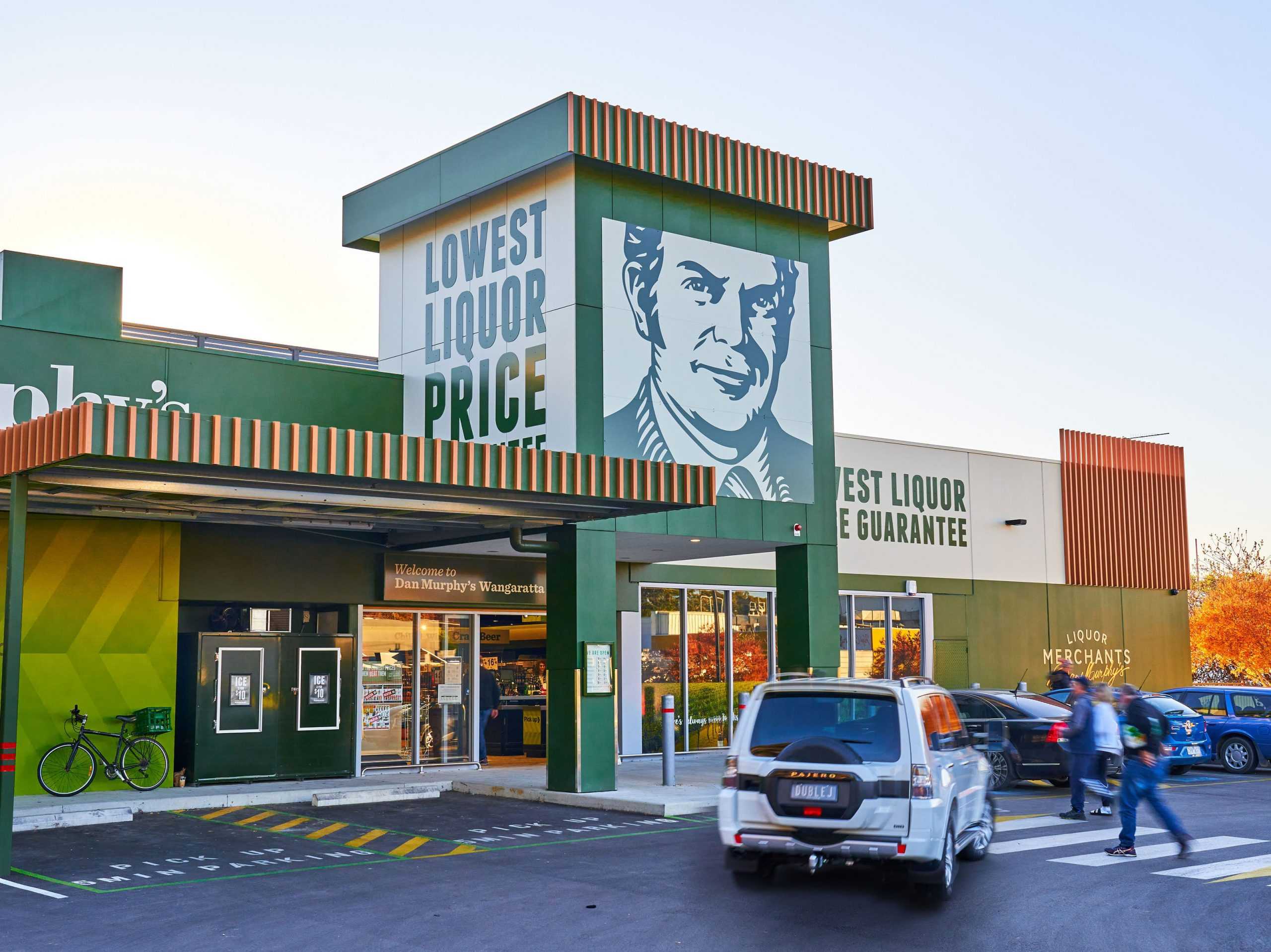A market snapshot

Burgess Rawson director Billy Holderhead takes a look at the top three drivers currently impacting market conditions.
1. Demand for essential service investment & COVID winners
Burgess Rawson’s focus throughout the pandemic has been on essential service investments, which has made up $393 million (or 83 per cent) of our sales. Demand for liquor, supermarket, pharmacy, fuel, childcare and government investments, for instance, is more intense than ever and we can now demonstrate that there has been no COVID-19 related price deterioration in these sectors.
Demand for freehold investments leased to non-discretionary businesses has accelerated over the past 12 months, in particular with private ‘mum and dad’ investors looking for an alternative to the residential market attracted by greater security and long-term returns that commercial property provides.
There has been a clear distinction between properties where tenants have traded through COVID-19 and those that have not.
Despite a lot of broad brush negative commentary regarding the retail market, essential service businesses have been well-placed to benefit from community lockdowns. Buyers are aware of this and recognise the ‘defensive’ qualities of these investments. An example of this was our recent record breaking off market sale of Dan Murphy’s in Wangaratta. We broke our own regional yield record in the large format sector with the $8.1 million sale, reflecting an initial yield of 3.68% based on the estimated base rent of 4.34% including the estimated turnover rent.
At the very top end of the retail investment market, there has been no freestanding, long term Coles, Woolworths or Bunnings investments sold on the open market this year. In stark contrast, last year there was a total of 16 Coles, Woolworths and Bunnings freestanding properties sold in this prized sector, with a combined value of $280 million.
2. Uncertainty in the stock market
Between 10 March and 23 March, the ASX 200 fell by 23%, from 5,939 points down to 4,546 points.
Despite a grim outlook for many companies within the top 200, the index has recovered back up to 6,123.
Volatility like this is why investors are turning to the stability and security of quality real estate investments, with secure income streams and predictable returns.
3. Record low interest rates
Thanks to interest rate cuts on 3 March and 2 November, market conditions have actually improved for sellers of A-Grade properties.
Interest rates on term deposits have deteriorated, heightening buyer urgency in competitive campaigns which has translated to yields equivalent to or better than the pre-COVID market for essential service-leased assets.